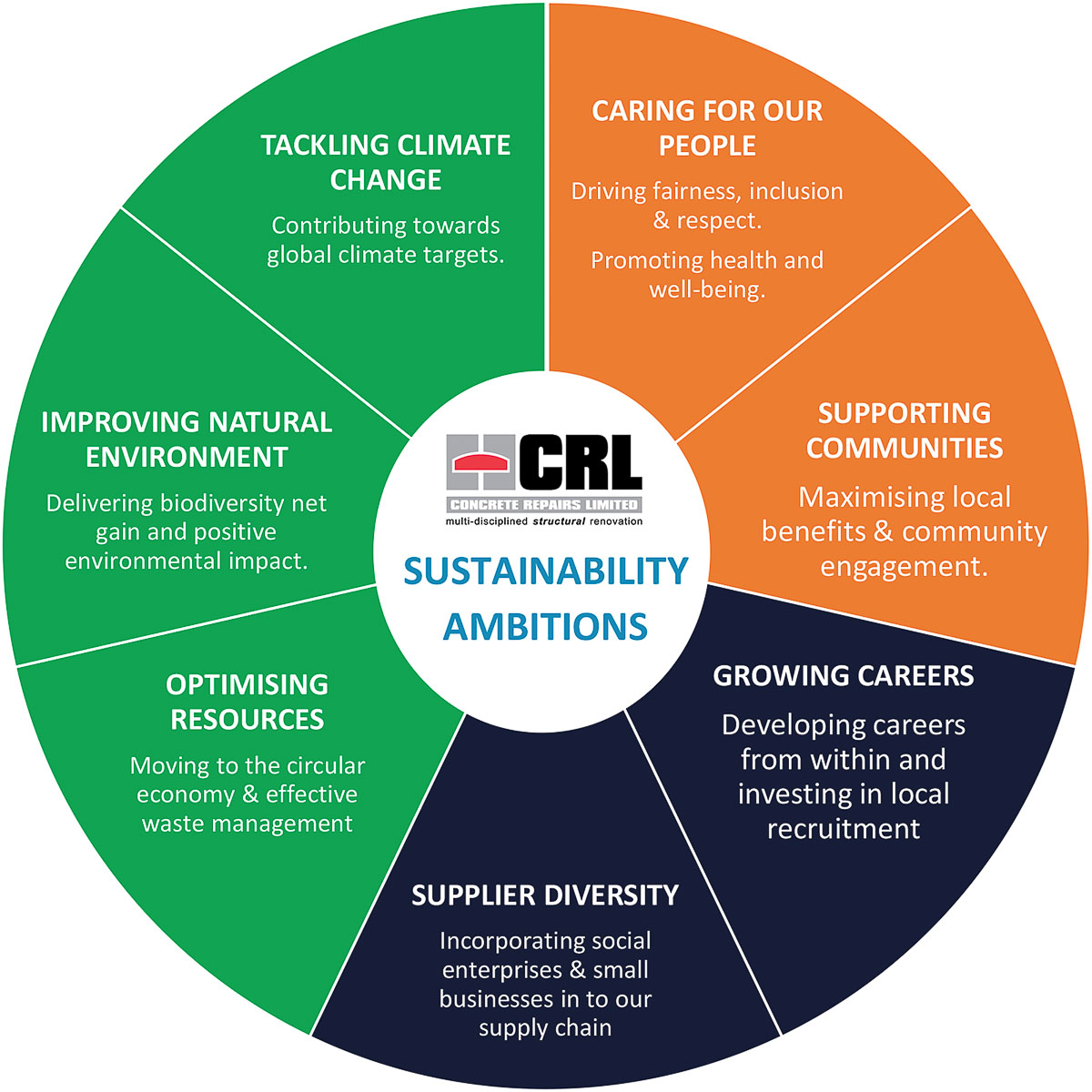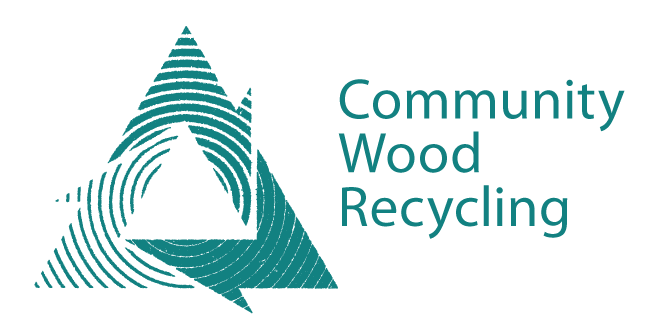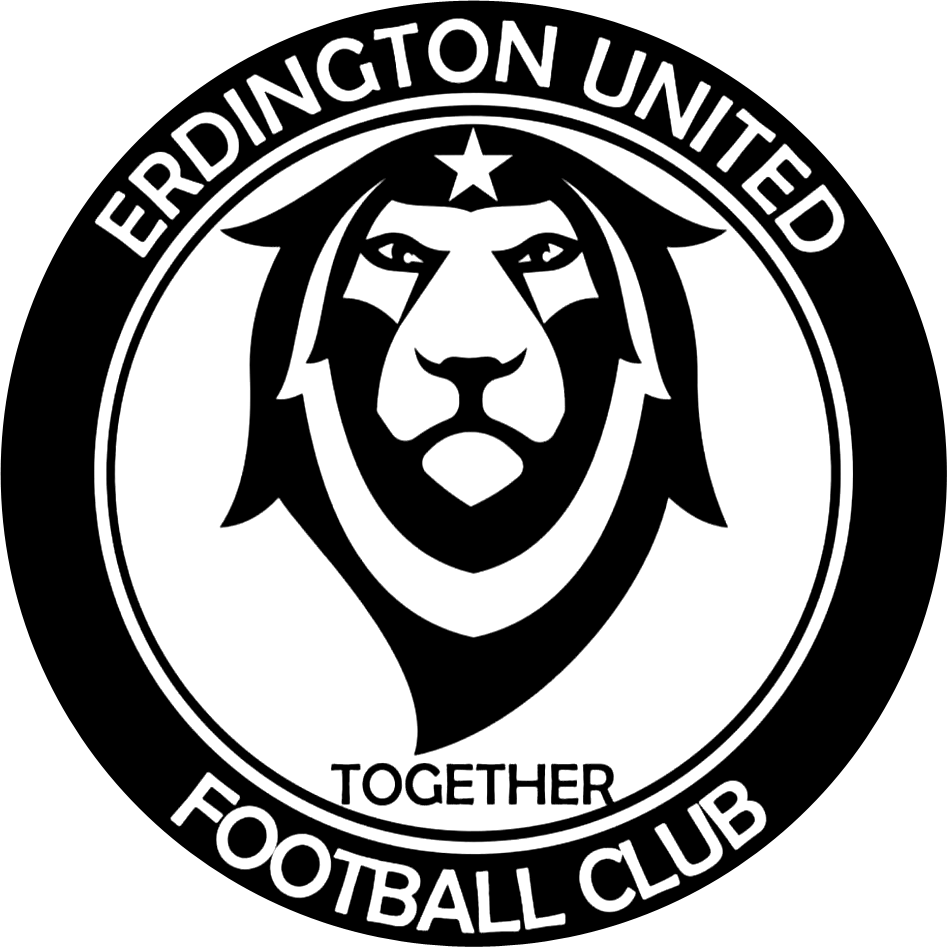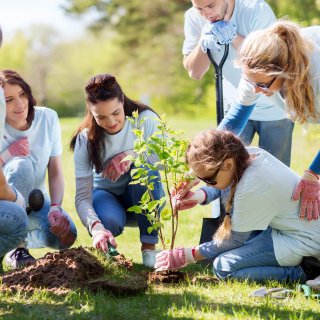Sustainability
Sustainability is at the core of what we do. We repair and restore structures and buildings, extending lifespans and by reducing reliance on the linear process of build, demolish and rebuild, we help lessen the need for embedded carbons.
In order to manage how CRL deals with environmental issues we have an ISO 14001 Environmental Management System accreditation by an independent auditor.
Our Key Highlights
-
-
- 97.5% of waste diverted from landfill
- 33% reduction in carbon emissions since 2010
- 80% of vehicle fleet at least EURO 6 or Low Emission Vehicle
-
We have made great progress, but there is much more to be done. Our ambition is to minimise our environmental impact and develop industry-leading best practice.
We recognise that sustainability is about more than carbon reduction and contributing to global goals. For us, sustainability is building sustainable communities, increasing local biodiversity, improving air quality, reducing demand on natural resources, diverting waste from landfill and creating a circular economy for a better future.
Our Commitments
CRL work with clients, supply-chain and local communities to achieve our collective sustainability goals. Our commitments are to:
-
- Reduce the amount of carbon generated by our activities and have a plan in place to become Net Zero by 2045,
- Conduct environmental risk assessments for all our projects and our fixed offices,
- Positively impacting local habitats, ecology and biodiversity, and
- Work with our supply chain to reduce waste and reliance on single use plastics.
Follow the link to see our Carbon Reduction Plan


Sustainability is “meeting the needs of the present without compromising the ability of future generations to meet their own needs.”
United Nations Brundtland Commission
As a business, CRL will continually strive to operate in a sustainable manner by understanding risks, developing new business practices, policies and procedures to support and enhance the business both now and in the future."
CRL's Environmental and Sustainability Policy Statement
The Circular Economy - What is it?
“A circular economy is an alternative to a traditional linear economy (make, use, dispose) in which we keep resources in use for as long as possible, extract the maximum value from them while in use, then recover and regenerate products and materials at the end of each service life.”(WRAP)

Why is it important?
As a society, we produce too much waste, much of which ends up in landfill or polluting our natural environment. This contributes towards climate change and environmental degradation.
The construction industry is a resource-intensive industry, using large quantities of materials. There is, however, a lot of scope to use recycled materials and to reuse “waste” products which will reduce the strain on our planet.
We want to play our part by being responsible for the way we operate and deal with our waste. This means using and supporting innovative technologies and materials which last longer and produce less waste. It also means seeking ways to reinjecting products and materials we do not need back into the economy.


















